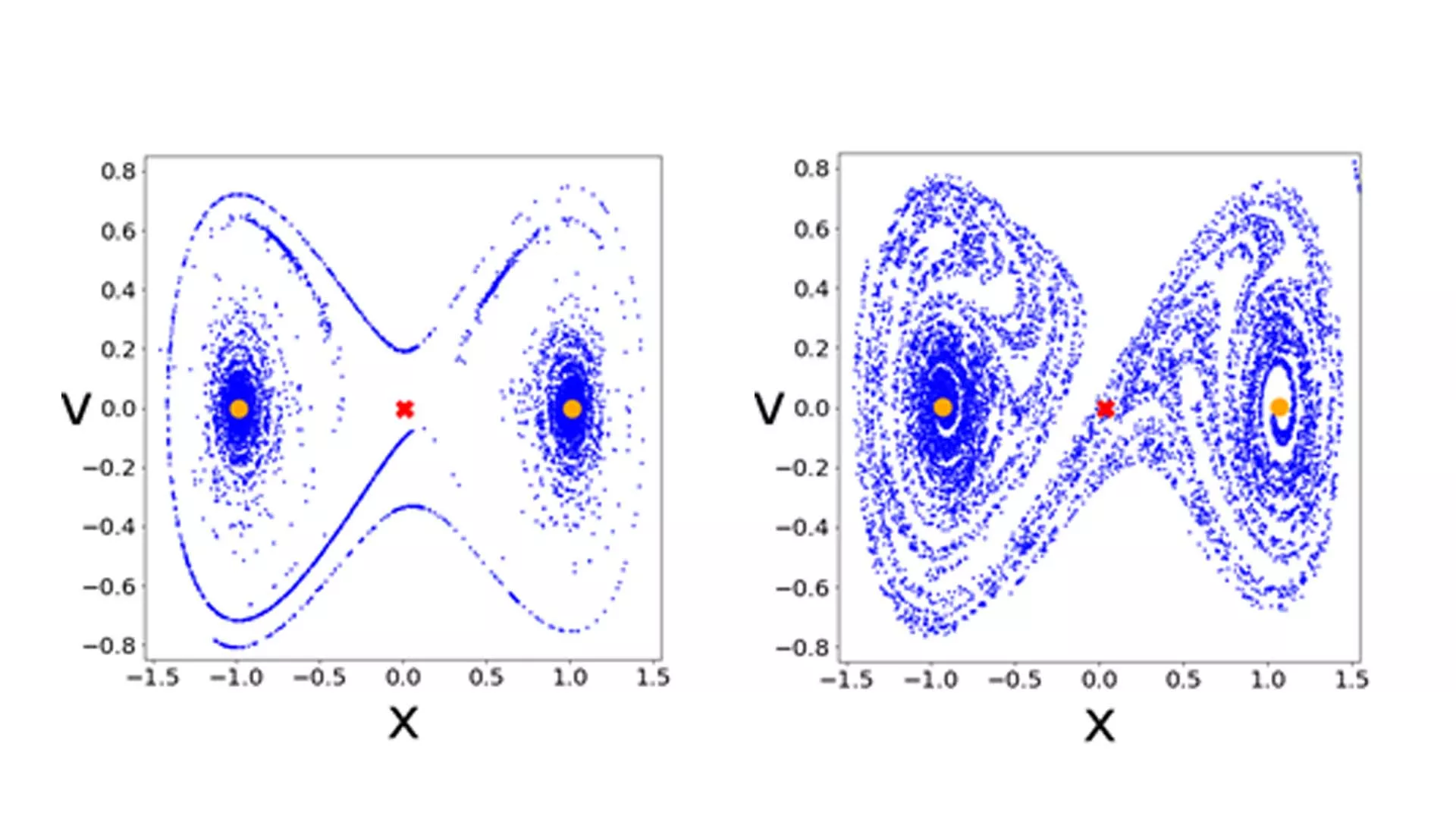Processes similar to climate change, despite their much simpler structure, can also occur in everyday systems. Summarizing the results of their latest research, Hungarian researchers have described that in some cases, it is possible and worthwhile to understand that changes in simple systems can and should be considered in terms of climate change, and can only be meaningfully understood using the tools of climate dynamics. A study on the topic has been published in the Nonlinear Dynamics journal – part of the Springer Nature journal family – as a feature article. This year’s Nobel Prize for Physics was awarded for the physical modeling of climate change and the study of complex systems, further demonstrating that physics has a central role to play in answering questions related to climate change.
A ship’s increasing swinging motion in an emerging storm due to ever-increasing waves, turning the radio dial to search for the most audible transmission, a sliding load on the platform of an accelerating truck traveling on an uneven road, and moving the shaft of a centrifuge spinning more and more slowly all bear suprising similarities to climate change.
Common to the listed phenomena is that their properties change significantly over time. The importance of studying these and other similar phenomena has been highlighted by climate change, a challenge we now face on a daily basis. The driving force behind climate change is the constant increase in the carbon dioxide content of the atmosphere and, with it, the average temperature on Earth. The complex climate of the Earth has chaotic properties, which means it is unpredictable in the long term. This is due to high sensitivity to the initial conditions (butterfly effect), which is why it is useful in climate science to use probabilistic information obtained from the study of a multitude of possible initial conditions. In addition, due to parameters varying over time, it has also proved useful in the characterization of climate change to examine snapshots of possible later states starting from a multitude of initial conditions.
In their article, Dániel Jánosi, Master of Physics at Eötvös Loránd University (ELTE), György Károlyi, Professor at the Budapest University of Technology and Economics (BME), and Tamás Tél, Senior Research Fellow at the Hungarian Academy of Sciences and ELTE, have pointed out that it is also worth studying engineering tools that can be considered as simple devices with time-varying parameters, using the methods mentioned above, which are widespread in climate science. These tend to be chaotic, but in contrast to the cases studied so far, the intensity of the chaos in them varies. The essence of real climate change is also the change in the nature of chaos over time, which is why the examples mentioned in the introduction can also be compared to climate change.
As a result of this chaos, such systems can evolve over time in a wide variety of ways – but not in just any way. The authors of the article launched copies of each system from different initial states, moving according to the same physical laws, and then studied the results in snapshots. The juxtaposition of the parallel time evolution thus produced provides the appropriate description of probability, which the authors call the theory of “parallel dynamic time evolution” as an analogy to “parallel terrestrial climates”.
